
Re-inventing the barcode
by BrendaHart
The barcode has been with us for nearly 6 centuries, providing manufacturers with a way to track their products. Designers are coming to realise its creative potential.
The humble black and white barcode – that all pervasive symbol of consumer culture – is at once both iconic and seemingly untouchable.
Due to its very necessary role in providing vital information about a product at the point of sale, many have failed to grasp its creative potential.
Only now are designers and manufacturers coming to realise its potential for creative expression.
Brief history of the barcode
The barcode was patented nearly six decades ago, when American inventors Bernard Silver and Norman Joseph Woodland came up with a solution for how a local food chain could automatically read product data. Silver and Woodland, who were graduates at the Drexel Institute of Technology in Philadelphia, originally designed a pattern of concentric circles that could be scanned from any angle.
The barcode’s first trial was in 1966. Four years later it had been modified into the Universal Product Code (UPC) that is still used around the world today.
The very first product to be scanned using the new industry standard UPC was a packet of chewing gum made by Wrigley’s. It has remained in this familiar format up until relatively recently.
Innovative ideas
The Japanese have been the leaders in redesigning barcodes. Some of the most innovative include the bar code as a wave, complete with tiny surfer, and the lines of the barcode as hair, some of which is in the process of being cut by scissors. Other original ideas see the vertical barcode lines used to represent a waterfall, with horizontal lines added to represent the wake of fleeing boats, as well as a forest or cityscape.
The secret to the designs is that they don’t affect the core requirements that make the barcode work. As long as the spacing of the barcode’s parallel lines and the sequence of numbers remain intact, designers are free to experiment.
What do you notice most on packaging?
Why do it?
According to Rob Stevens of the UK market research company, Bunnyfoot, ‘80% of new products brought to market fail.’ Once of the main reasons for this is that, as increasing numbers of new products are brought to market every year, the differences between these products decrease.
Manufacturers therefore need to ensure that their product stands out from the rest. The best way to do this is through innovative packaging. Now that every shape of container has been tried, made out of nearly every usable material, one of the only things left to experiment with is the barcode.
By adorning products with unique barcode on their labels, manufacturers can grab the attention of the consumer. Manipulated barcodes that relate directly to the product being sold are especially effective. For example, a barcode can (and has been) made into the shape of an apron for a food product, or used as part of a railway track for a train company.
Resource Box:
Design Barcode
Online gallery from a Tokyo studio that demonstrates the barcode’s full creative potential.
About.com
The development of the barcode
Farmers Guardian
Article describing an innovative use of barcodes
You might also like
Robert Anning Bell - His Life and His WorksRobert Anning Bell was one of the most versatile and influential artists of h...
How to make a calendar with a picture?Making a calendar with a picture is easy. You need a table for dates in the c...
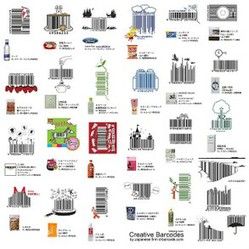

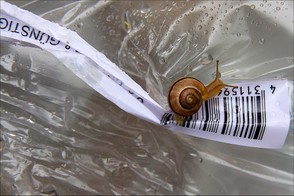
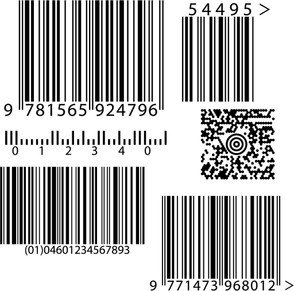
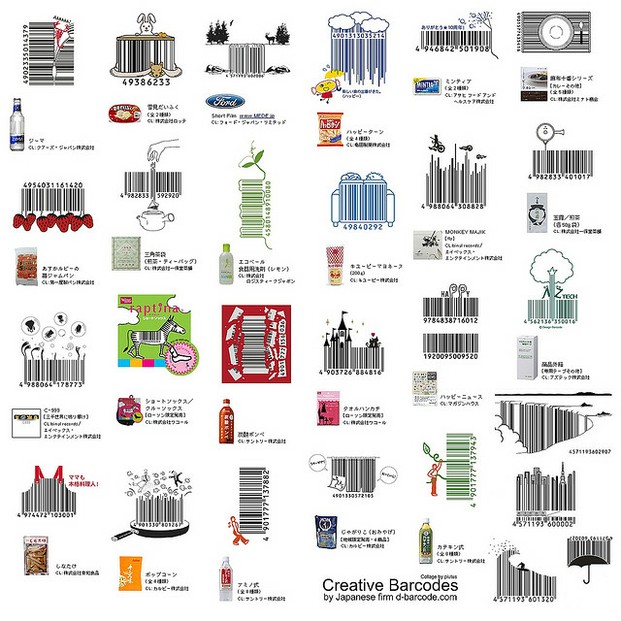

 Essential equipment for freelancerson 12/27/2012
Essential equipment for freelancerson 12/27/2012
 See more of France with a home swapon 10/18/2012
See more of France with a home swapon 10/18/2012
 How to singlehandedly woo your partner with foodon 05/18/2012
How to singlehandedly woo your partner with foodon 05/18/2012
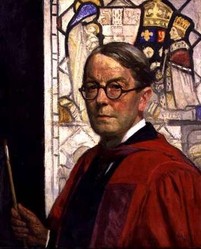
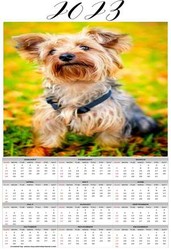
Comments
Oh my gosh! This is really cool.